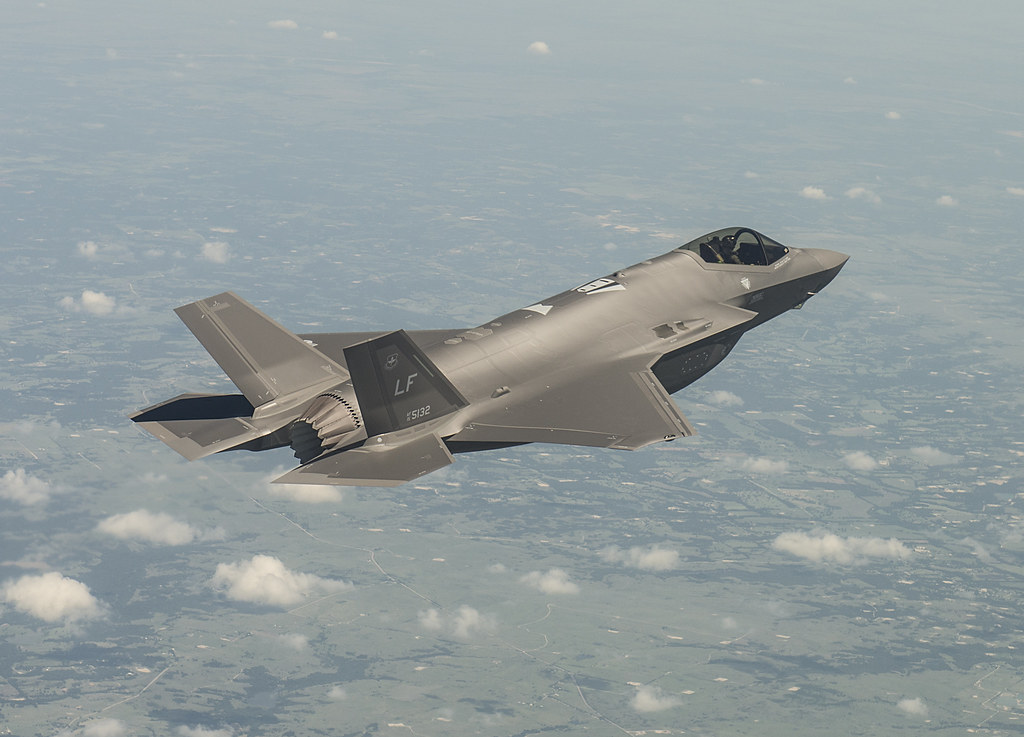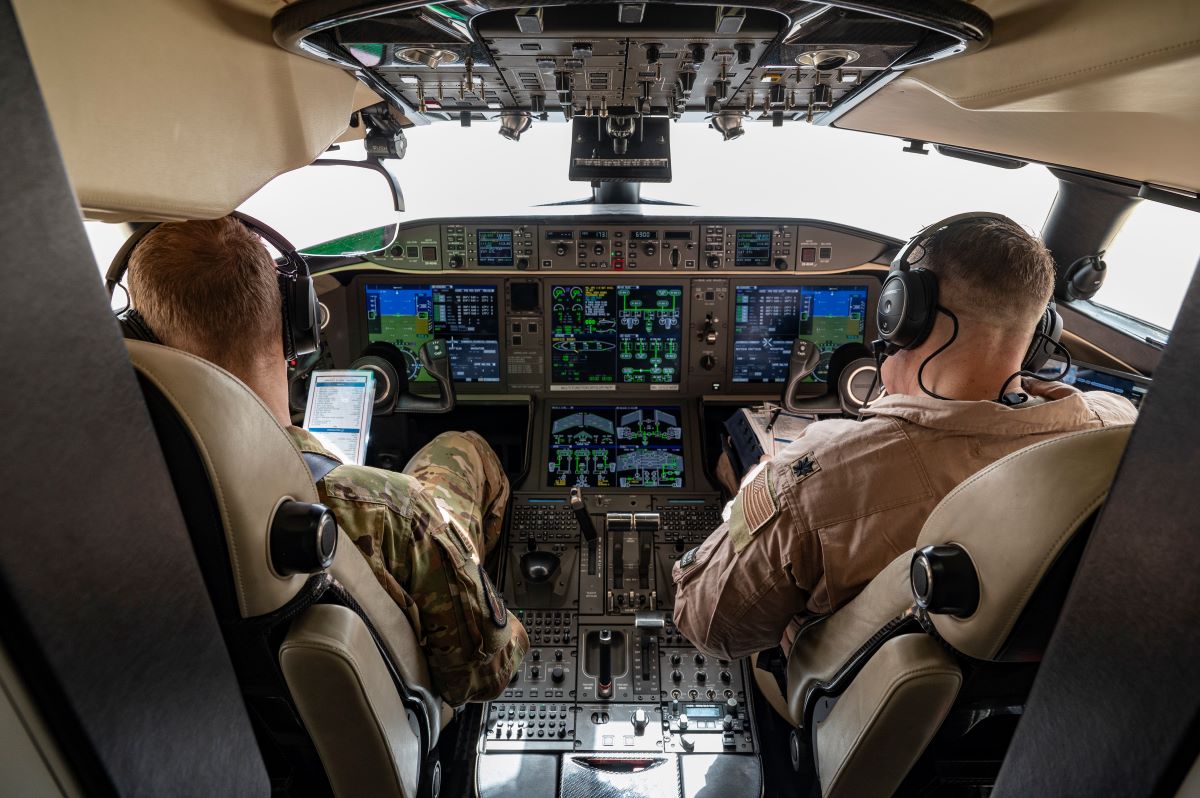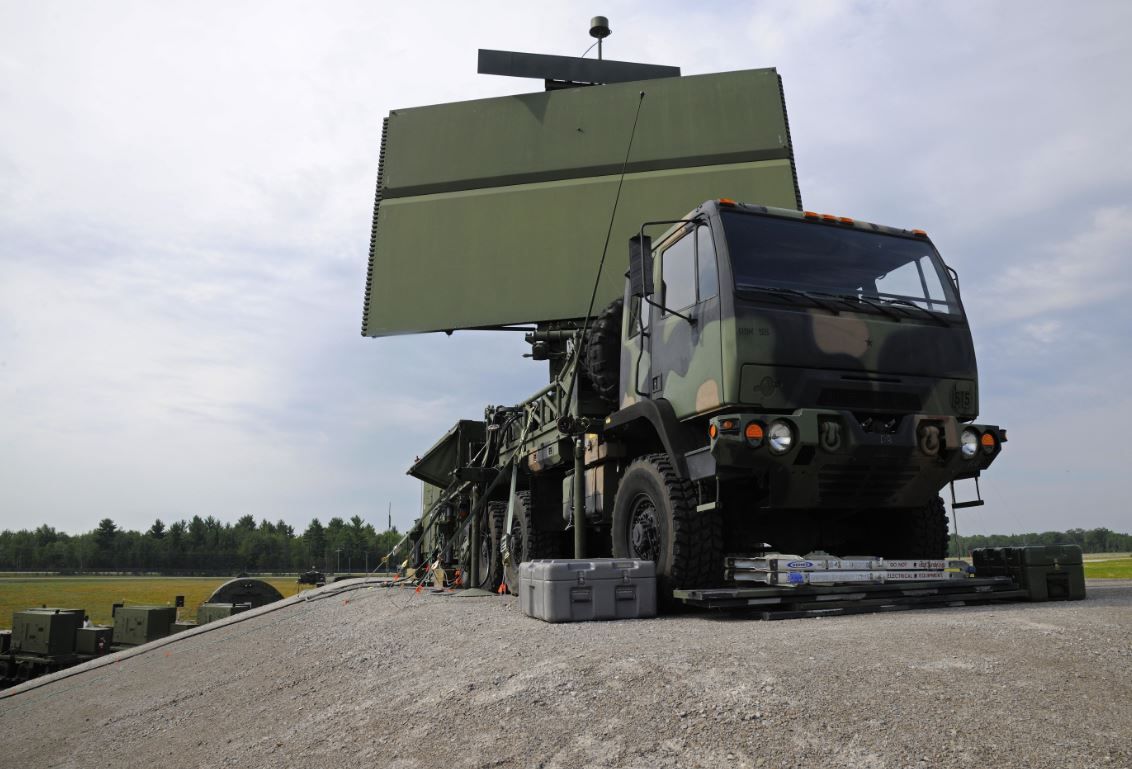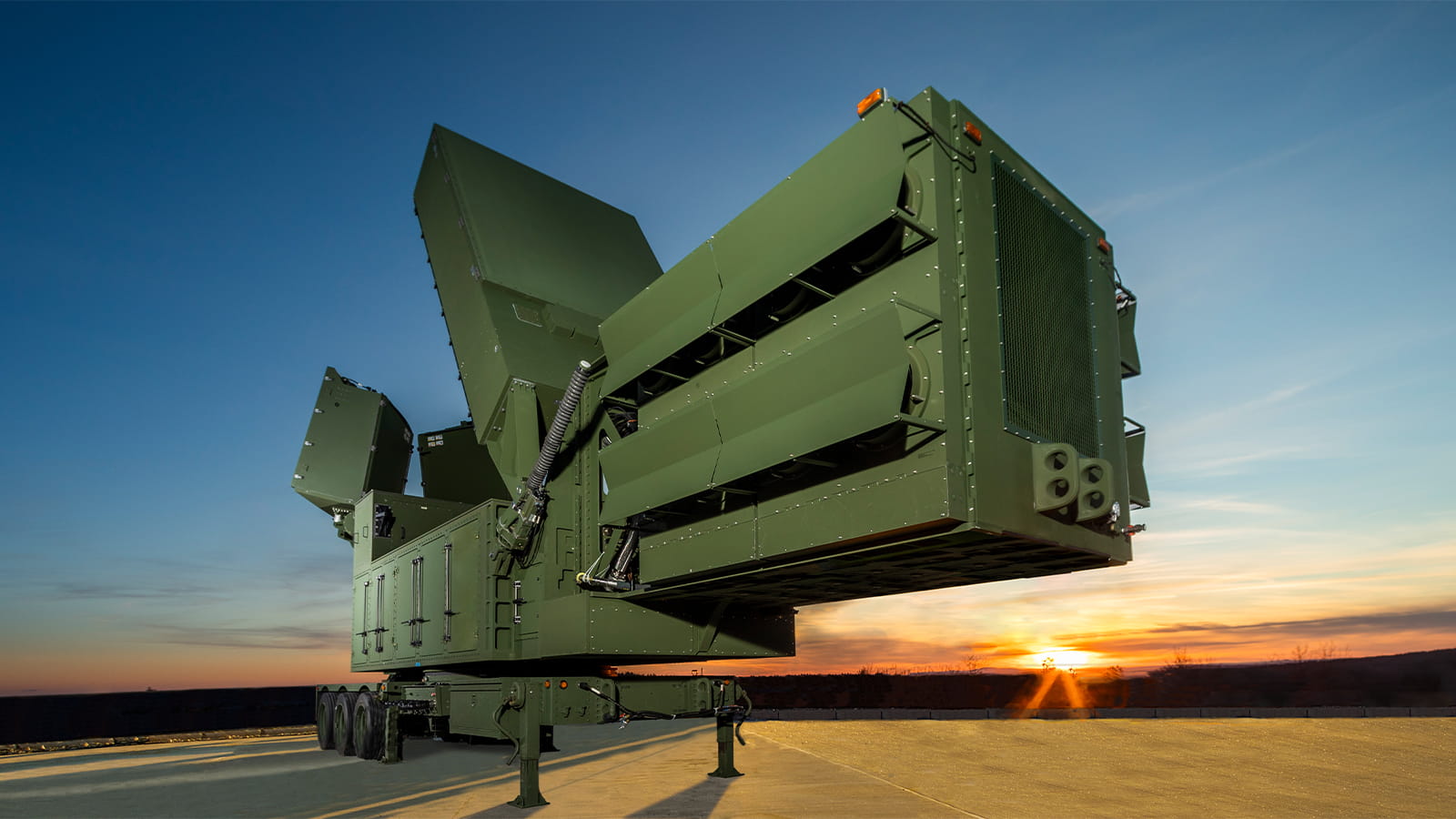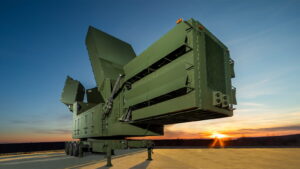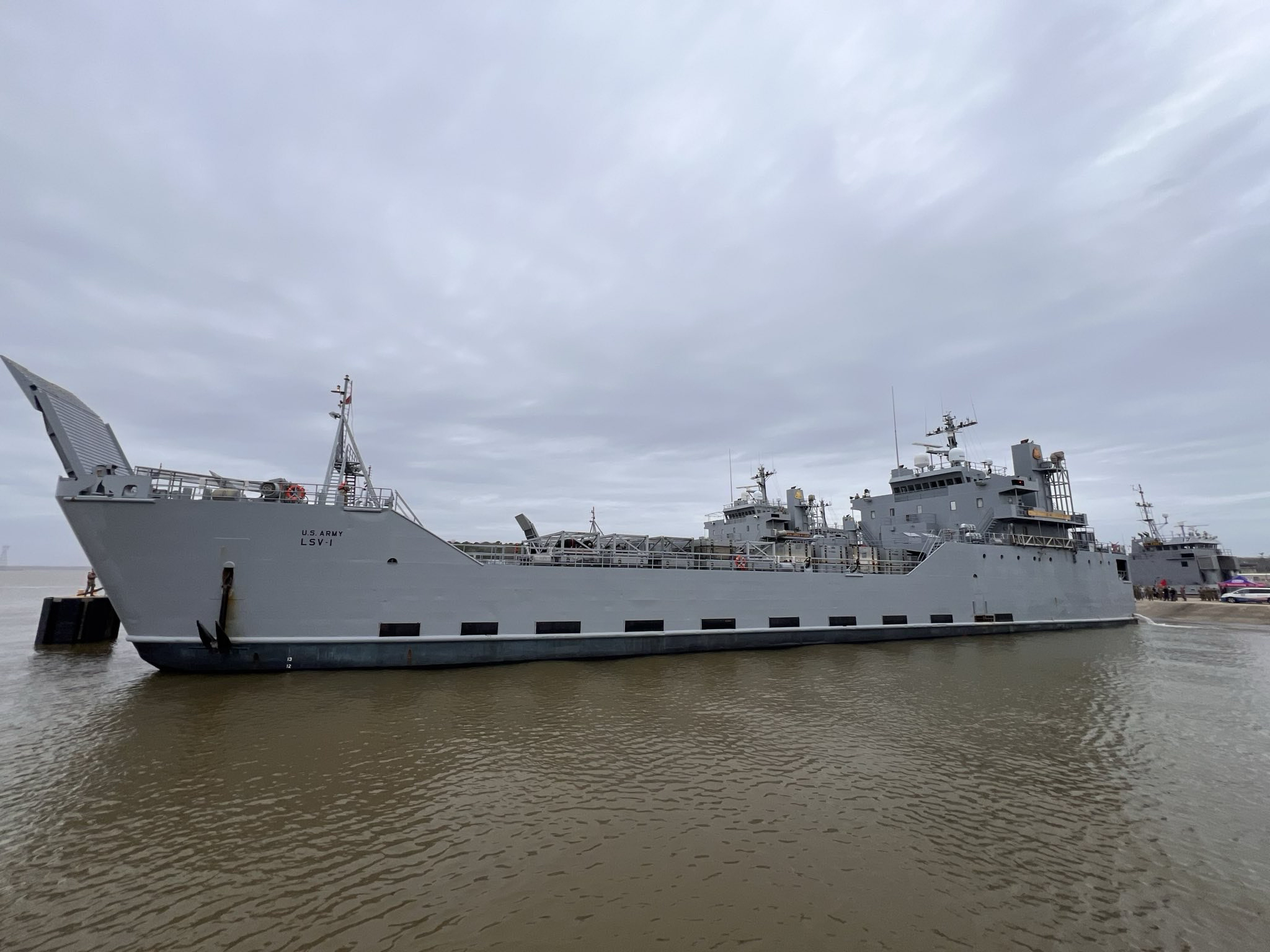Despite losing out on a potential new franchise aircraft program, Lockheed Martin [LMT] will leverage its investments in the Air Force’s Next-Generation Air Dominance (NGAD) platform for upgrades of its F-35 multi-role fighter to give the fifth generation aircraft 80 percent of the capabilities of sixth generation aircraft at half the cost, the company’s top executive said on Tuesday.
Lockheed Martin will not protest the loss of NGAD to Boeing [BA] and instead but will pour the “knowledge and technology gained” from work on the sixth generation fighter into the F-35 Plus, Jim Taiclet, the company’s chairman, president, and CEO, said during the first quarter earnings call.
The NGAD lessons will also be applied to the Air Force’s fleet of Lockheed Martin-built F-22 fighters, which NGAD will replace, Taiclet said.
“I feel that we can have, again, 80 percent of the capability, potentially at 50 percent of the cost per unit aircraft, by taking the F-35 chassis and applying numerous advanced technology, some of which are already in process in Block IV on F-35 but others that we can apply, and we are going to offer, fairly rapidly to the Department of Defense to really take that chassis and supercharge it for the future,” he told investors.
These advanced technologies, some of which are classified, include radar and passive infrared sensors to sense the enemy and attack them before they know “we’re there,” Taiclet said he told President Trump previously. The passive infrared capability is critical for this to avoid transmitting signals that radar would and that enable the enemy to detect and possibly “shoot me,” he said.
Taiclet also said that the “fifth generation-plus” aircraft would benefit from stealth technology techniques the company used in its NGAD bid. These include materials, geometries, and countermeasures.
The F-35 and F-22 will also benefit from a “tracking system and a weapon that can go farther and hit the enemy plane before they can ever reach you,” he said.
“So, we’re basically going to take the chassis and turn it into a Ferrari,” he said.
The funding for the aircraft upgrades has come from the government and Lockheed Martin for NGAD and F-35 development, and from international allies that partnered on F-35, Taiclet said.
Taiclet described the fifth generation-plus upgrades as a “best value approach” to account for limited customer budgets, that also has to be “scalable” and “affordable.”
There are more than 1,100 F-35s that have been delivered to U.S. and international customers and current plans call for more than 3,500 of the aircraft, creating plenty of opportunity for the company’s upgrade plans, Taiclet said. The upgrades are designed for exportability, he said, noting that final decisions will be up to the U.S. government.
Taiclet also highlighted Lockheed Martin’s array of systems that would play a part in a future homeland missile defense system, which Trump calls the Golden Dome for America. The company already has a range of interceptors, related sensing and networking capabilities, and satellites that will be part of the solution, he said.
Evan Scott, Lockheed Martin’s new chief financial officer, said the company responded to a recent Golden Dome information request by the Missile Defense Agency with more than 100 different capabilities, with pricing, across all the company’s operating segments “with a focus on cross-domain architecture.”
Sales in the quarter increased 4 percent to $18 billion from $17.2 billion a year ago driven by higher volume on missiles and related programs like HIMARS, increased work on the Canadian Surface Combatant, radar programs, UH-60 Black Hawk helicopter production, and F-35 production. Space Systems was the lone operating segment reporting lower sales, down on work on the Next Generation Overhead Persistent Infrared satellite, and lower volume on the Space Development Agency’s Transport Layer satellite communications programs.
Net income rose 11 percent to $1.7 billion, $7.28 earnings per share (EPS), from $1.5 billion ($6.39 EPS), handily beating consensus estimates of $6.34 EPS. All four business segments enjoyed higher operating income.
The company maintained its guidance for 2025. Scott said the strong first quarter profits give the company guidance it can absorb any impacts from the NGAD loss and tariffs. The company still needs to “complete a thorough business assessment of these dynamics” but remains “optimistic” on meeting 2025 profit targets, he said.
Asked about new restriction by China on exports of rare earth metals, Taiclet replied the company and its suppliers have contracts “have specified non-Chinese sources for the materials.” Even if there is a disruption in rare earths, the company is confident it will meet its customer delivery targets this year given it has sufficient quantities of these materials, Maria Ricciardone, Lockheed Martin’s treasurer, said.
Backlog at the end of the quarter stood at $173 billion, down from $176 billion at the end of 2025. Free cash flow in the quarter was $955 million.
